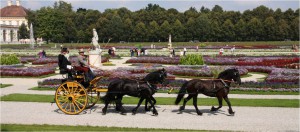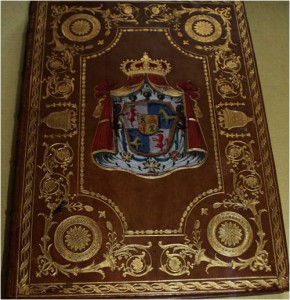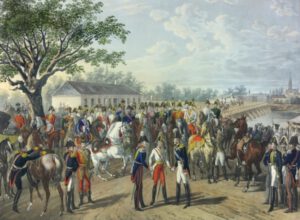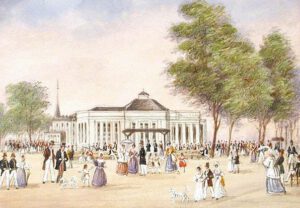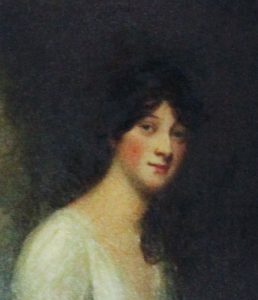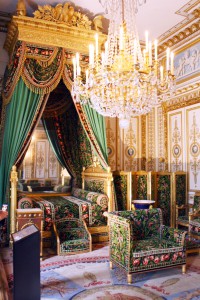 The Museum of Creativity proudly presents “An Empire-Style Ball Gown Based on 21th Century Clothes”.
The Museum of Creativity proudly presents “An Empire-Style Ball Gown Based on 21th Century Clothes”.
“I cannot determine what to do about my new Gown”, Jane Austen once wrote to her sister Cassandra. This is a feeling many of us can sympathize with. If you are going to attend a ball set in the Regency period, figuring out what to wear, where to get it or how to do it yourself is no easy task.
I am going to go a Jane-Austen-Ball at the end of this month. As I can’t sew, I tried to make the ball gown from everyday clothes I had found in my cupboard. But halfway through roughing out a concept for a modest white cotton gown, I stumbled upon a dazzling beautiful red lace in an oriental drapery. Though I knew perfectly well that I haven’t the sewing skills to handle the lace, I bought it. Continue reading

